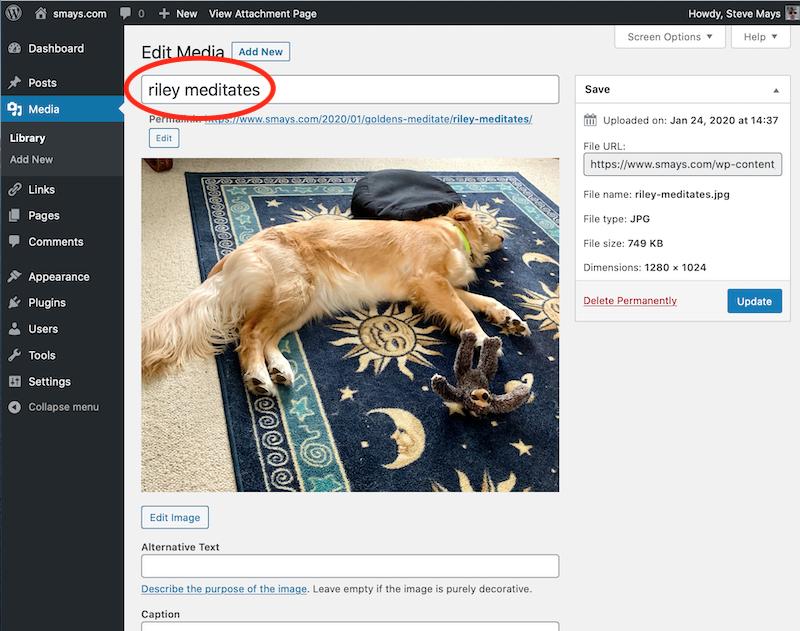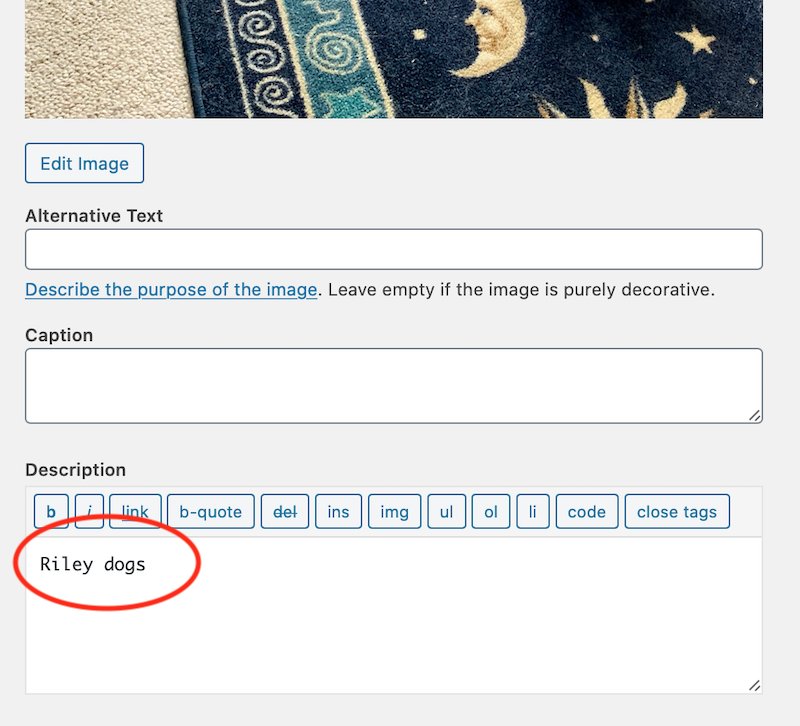A little history. I was keeping notes in a journal long before I got my first computer (1984). When I came across a good quote in a book or a line in a movie, I’d jot it down in a spiral bound notebook with the idea I could find it later. Only way to do that, however, was to page through all of the notebooks. When I got my first computer I tried making notes in a text file which was searchable but just barely.
In the late 90’s I used Microsoft FrontPage to create a “personal home page” where I parked some of this stuff. (My tagline was: “I’ve really got to start writing some of this down”) Hardly an improvement over my notebooks but I was naive enough to think someone might want to read what I wrote. I put the new stuff at the top of the page and pushed the older notes down.
As blogging software and platforms came along, I tried most of them. Radio Userland, Blogger, TypePad, Posterous and — eventually — WordPress. I don’t recall when I first encountered the concept of tagging my posts but it wasn’t until I started using WordPress that I got serious about metadata. Why I tag and how I tag in a moment, first let’s talk about categories.
Categories. If you wanted to know what interests me — or has interested me– my blog categories would be a good place to start.
- Apple (this could have been a tag)
- Art & Style
- Books
- Business & Marketing
- Crime & Courts
- Family & Friends
- Gadgets & Apps
- Health & Medicine
- Home
- Internet
- Journalism
- Land Rover (should this be a tag?)
- Learfield
- Media & Entertainment
- Best Scenes
- Short Films
- Steve TV
- Trailers
- TV Clips
- Military & War
- My Land Rover
- Restoration
- Philosophy
- Science & Technology
- Stuff
- Transportation
- Travel
- Video (do I need this? Should it be a tag?)
If categories are the drawers in a four drawer filing cabinet, the files in each of the drawers are tags. A blog with neither categories or tags is (in my opinion) like writing a post on a sheet of paper and simply throwing into a big room. You know it’s in there somewhere and a good search function will find it if you need it.
Searching vs. Tagging. So why bother with tags when you can simply search for a word or phrase? This is the common objection to tagging. Searching my blog for a word or phrase will find any post that contains that word or phrase, but only posts that do.
A post about the restoration of my Land Rover might not have the word “restoration” OR “Land Rover” so it would be missed by the search. I know — at the time I compose the blog post — what the post is about and add tags accordingly.
To be truly effective, a good tagging strategy needs to be in place at the beginning of the blog. In the bad old days if you wanted to go back and tag previous posts, you’d have to edit each post. Nobody is going to do that. Somewhere along the way WordPress gave us excellent editing tools that make it easy to add tags to multiple posts.
Using the example above, I could search all 5000+ posts on my site for any post that contains the words “restoration” or “Land Rover” and then add an appropriate tag to all of those posts. But, again, there might be posts about the restoration of my Land Rover that do not contain either of those words/phrases.
Tagging images. My blog (5,600 posts) includes a lot of images. The image library has about 2,900 photos and videos. I have not done a good job of tagging these because a) it didn’t occur to me for a long time and b) WordPress doesn’t give you an obvious way to do this. But you can search the media library.
As far as I can tell, it searches based on the name of the file. This works much better if you take the time to give the image a meaningful name. (see screenshot below) Most people don’t and I haven’t been consistent with this. For example, “photos screensaver” would be a more useful/searchable file name than “CIMGO899.JPG”
A couple of years ago I started searching for a way to tag images in my media library and came up with a hack that seems to work. Searching the media library will find words or phrases entered in the image Description. Had I been diligent and consistent with file names and descriptions from the beginning, I could search my 2,900 images and videos.
Final thoughts. Using tags and categories to organize your blog posts (or anything) takes some time and effort. And a certain mindset. Twitter and Facebook — and Google to some extent — have trained us to watch the stream and not use or limited time and attention thinking about what we wrote yesterday, let alone 10 years ago. They will show us what’s important go search for something if absolutely necessary.
In 2002 David Weinberger (one of the authors of The Cluetrain Manifesto) wrote a little book titled Small Pieces Loosely Joined: A Unified Theory of the Web. I think of my blog posts as small pieces and tags and categories link them (loosely). (I also recommend Everything Is Miscellaneous by Dr. Weinberger)
But links aren’t as useful as they once were. Social media platforms will let you add a video or and link to an article but usually limit you to one such “link.” In the old days you could embed as many links within a post as you wanted. I still can on my WordPress blog. Whether a tag or category link at the bottom of a post or an in-link link in the body, these connections create a whole that is greater than the sum of the posts.



